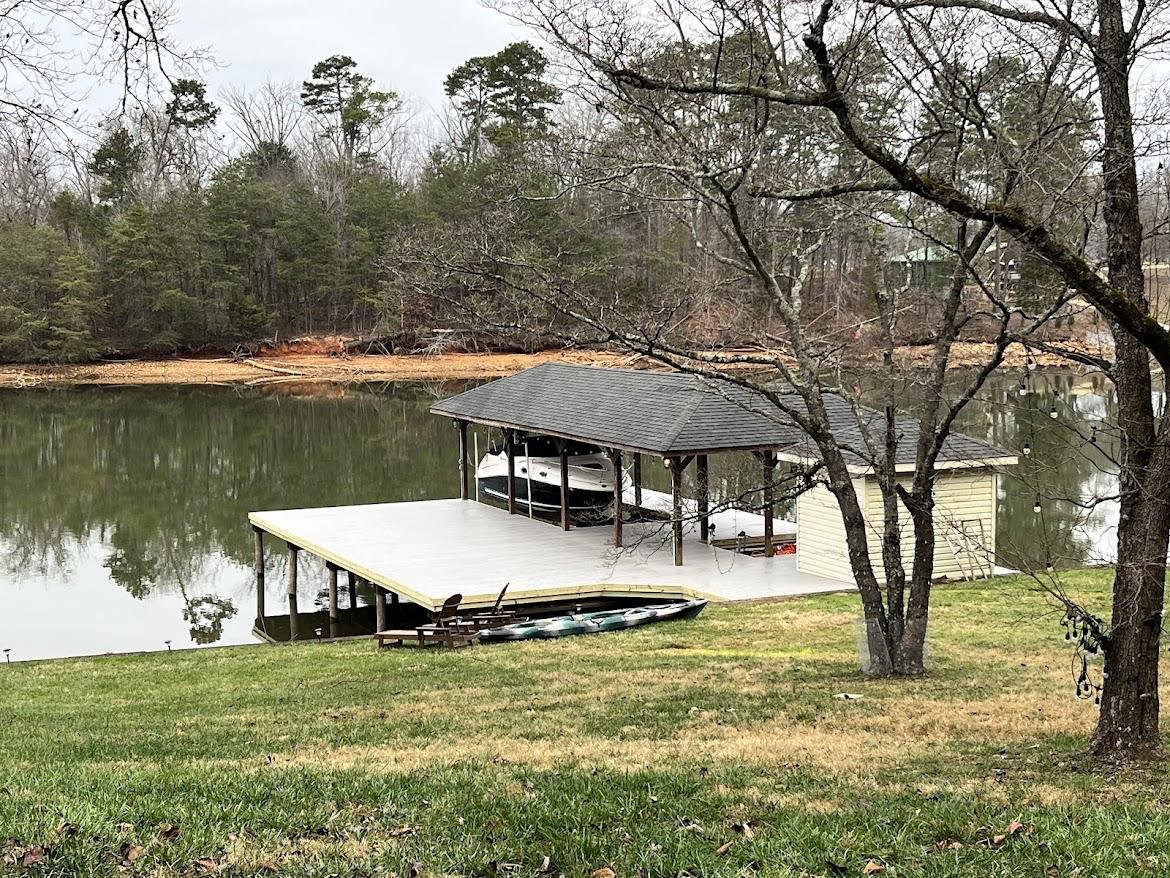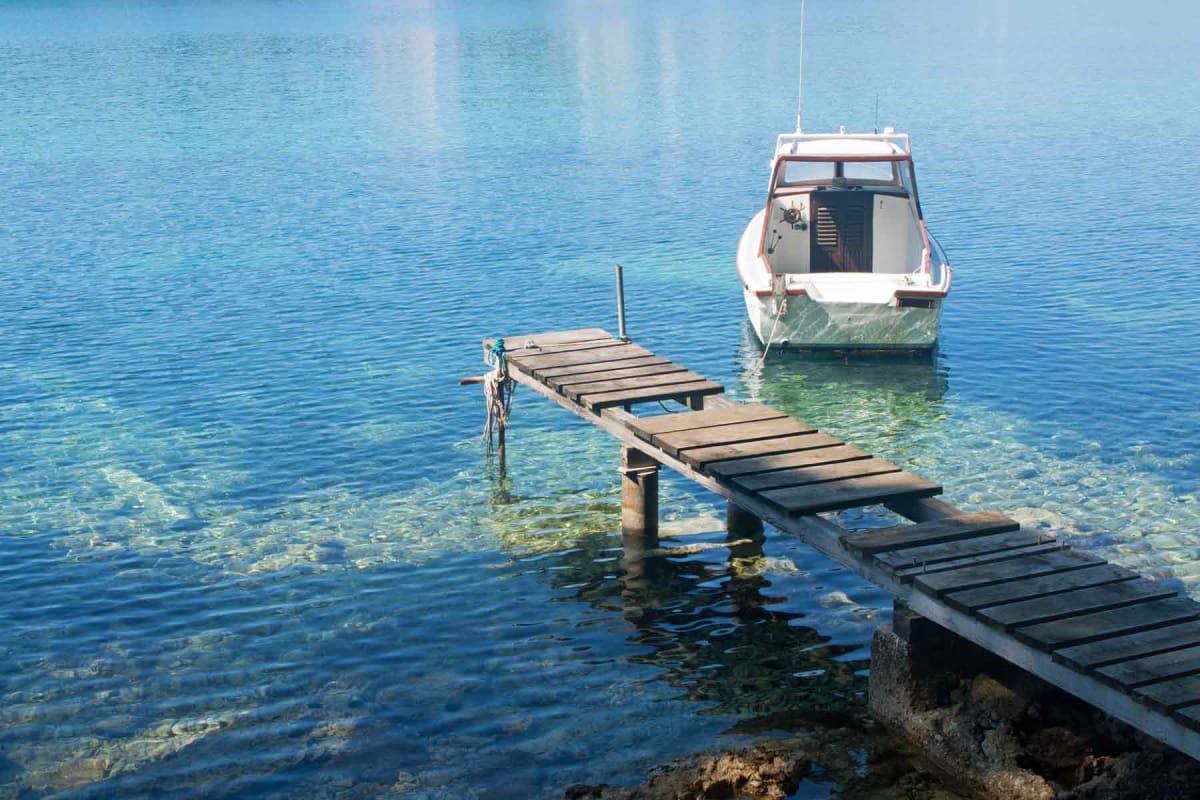The Value of Timely Dock Repairs for Beachfront Safety
The Value of Timely Dock Repairs for Beachfront Safety
Blog Article
Exactly How to Address Common Dock Repair Issues for Safe Water Tasks

Identifying Common Dock Issues
Identifying common dock issues is critical for keeping the capability and security of your waterfront property. Normal inspections can aid reveal issues before they become extreme, making sure both the longevity of the dock and the safety and security of those that use it. One prevalent concern is rusty or loose bolts. Gradually, screws, bolts, and other fasteners can become loose because of continuous exposure to water and weather condition aspects, causing structural instability.
An additional typical trouble is the deterioration of flotation protection devices. These tools are important for maintaining the dock buoyant, and any type of damages or punctures can trigger the dock to checklist or sink. Consistently inspecting for leakages or water logged floats can preempt a lot more significant concerns.
Additionally, algae and barnacle build-up on the dock's surface can create unsafe and dangerous problems. This biofouling not only postures a risk to customers but can also accelerate the damage of the dock products.
Finally, evaluating for indicators of rust on metal elements is crucial. Rust can jeopardize the stability of the dock's structure, making it unsafe. By regularly recognizing these common dock issues, you can guarantee that your dock stays functional and safe for several years to come.
Repairing Rotting Wood
When attending to the issue of decomposing timber on your dock, it is vital to act promptly to avoid more deterioration. Begin by thoroughly examining the whole framework to recognize all affected locations. Make use of a screwdriver to penetrate the timber; if it sinks in conveniently, the wood is most likely rotted and needs prompt attention.
Be certain to cut back to healthy, strong wood, guaranteeing you remove all jeopardized material. After removal, deal with the remaining timber with a timber chemical to avoid future rot.
Next, change the removed areas with marine-grade lumber or pressure-treated wood, which are extra resistant to water damages. Protect the brand-new pieces with galvanized or stainless-steel fasteners to avoid rust. Additionally, using a water resistant sealant to the brand-new wood can give an additional layer of protection.
Securing Loosened Boards
How do you guarantee your dock stays safe and functional for all its users? One important element is securing loosened boards, which can otherwise present significant dangers. Loose boards not just boost the danger of tripping yet can also jeopardize the architectural honesty of the entire dock.

For reinstallation, use galvanized or stainless steel screws, as these products offer superior resistance to corrosion in marine environments. Ensure the screws are long enough to penetrate deep right into the underlying assistance framework, yet not so lengthy that they stick out with the dock's surface. Pre-drilling pilot holes can assist stop the wood from splitting.
Finally, maintain a normal assessment schedule to recognize and attend to any brand-new issues without delay. By protecting loose boards successfully, you contribute to the overall safety and long life of your dock, making it a reputable system for water activities.
Maintaining Unsteady Pilings
Making certain the stability of unstable pilings is paramount to keeping a risk-free and useful dock. Unsteady pilings can jeopardize the whole structure, posturing considerable threats to users and possibly leading to expensive repairs. The very first action in stabilizing these necessary components is a detailed assessment. Check out the pilings for signs of rot, damages, or shifting. Utilize a level to look for vertical placement and ensure they are driven deep enough right into the substrate to provide ample assistance.
If the pilings are located to be unpredictable, one effective method for reinforcement is making use of added supporting. Cross-bracing with dealt with lumber or galvanized steel can dramatically enhance security. Support the braces securely to both the pilings and the dock frame to distribute loads evenly.

Normal maintenance and routine review of the pilings' security are essential to making certain lasting dock safety and capability.
Replacing Rusty Equipment
Resolving unstable pilings is just one facet of maintaining a dock's stability; an additional important issue is replacing rustic equipment. Over time, direct exposure to wetness and salt can bring about the oxidation and rust of screws, bolts, and braces, endangering the entire framework's safety and security. Regular examination for rust is crucial, especially after extreme weather or seasonal adjustments.
When rusty hardware is recognized, immediate action is called for. Begin by selecting marine-grade stainless-steel or galvanized equipment, both developed to withstand the harsh marine setting. Make sure that over at this website you have the suitable devices, such as wrenches and screwdrivers, to securely eliminate the old, corroded items without triggering further damage to the dock.
After getting rid of the corroded equipment, extensively clean the influenced areas to eliminate any kind of recurring rust or debris. Apply a rust-inhibiting guide to subjected steel surfaces before installing the new equipment. Tighten all fixtures firmly to avoid future loosening, and periodically inspect the fittings to guarantee continuous security.
Changing rustic equipment not just prolongs the dock's life expectancy yet additionally significantly enhances the safety of water tasks. By proactively taking care of corrosion, you protect both the structure and its users, making sure a safe and secure and enjoyable waterfront experience.
Conclusion
Regular examinations and upkeep are important to address common dock repair work issues and ensure secure water tasks. By recognizing and remedying problems such as rotting timber, loose boards, unsteady pilings, and corroded hardware, architectural security and longevity can be significantly boosted. The application of ideal treatments and marine-grade products additionally strengthens the dock against environmental stress factors. Such aggressive steps contribute to the total safety and security and capability of dock structures, fostering a protected atmosphere for water-based activities.
Ensuring the security of water activities pivots dramatically on the appropriate the original source maintenance and repair service of docks (Dock Repairs). These tools are necessary for keeping the dock resilient, and any type of damages or leaks can trigger the dock to listing or sink. By regularly determining these usual dock problems, you can make certain that your dock remains practical and protected for years to come
Making certain the stability of unsteady pilings is critical to preserving a risk-free and functional dock.Routine assessments and maintenance are vital to resolve usual dock repair service issues and make sure safe water tasks.
Report this page